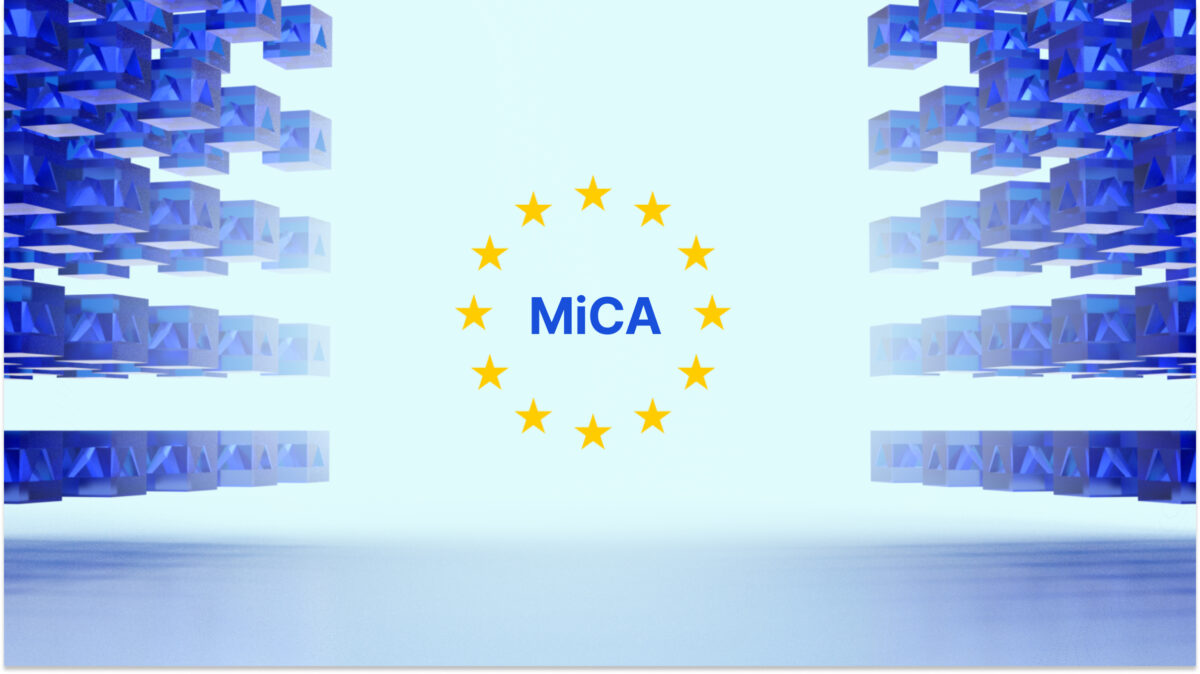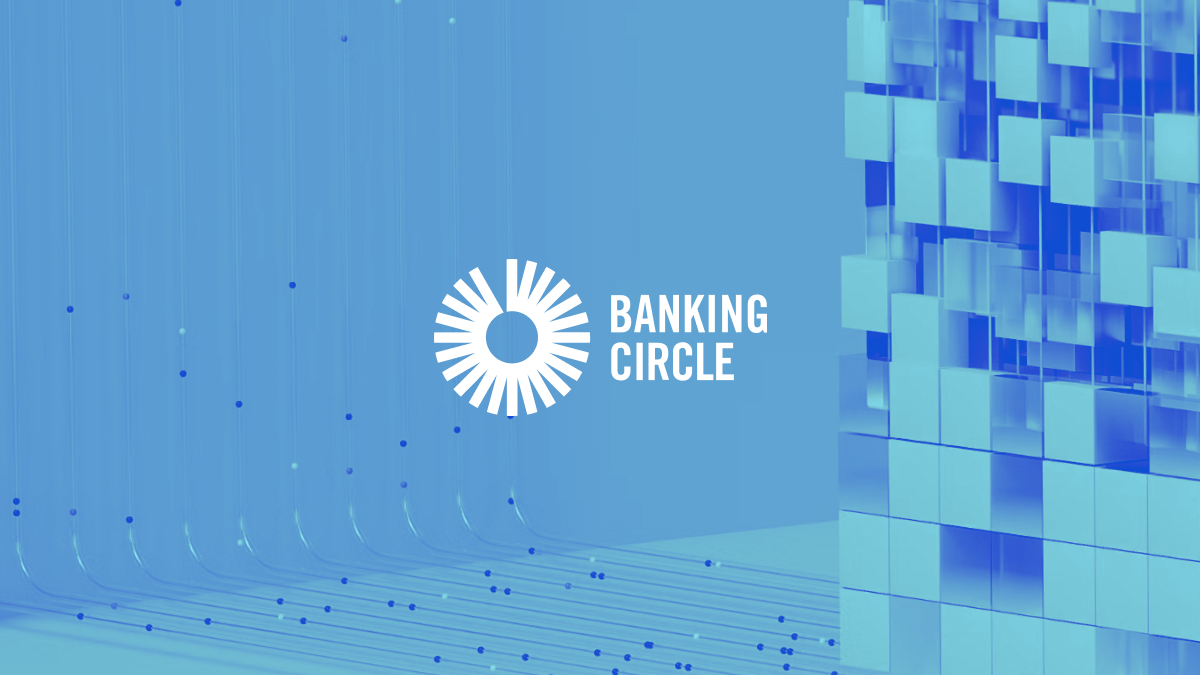Markets in Crypto-Assets (MiCA)
As the cryptocurrency market continues to grow and mature, regulatory clarity has become increasingly crucial. The Markets in Crypto-Assets (MiCA) regulation represents the European Union’s pioneering effort to create a comprehensive legal framework for the crypto industry. MiCA aims to address the challenges and opportunities posed by digital assets, creating a clear, standardized regulatory environment while protecting consumers and ensuring financial stability.
This page will explore what MiCA is, its key features, its impact on crypto businesses, and the benefits it brings to the industry as a whole. Additionally, we will discuss how businesses can prepare for compliance with MiCA and the broader future of crypto regulation.
What are Markets in Crypto-Assets (MiCA)?
The Markets in Crypto-Assets (MiCA) regulation is a comprehensive framework developed by the European Union to regulate digital assets and the services surrounding them. Introduced as part of the EU’s broader Digital Finance Strategy, MiCA aims to harmonize the regulatory environment across the EU, providing legal clarity and certainty for businesses and consumers alike.
MiCA covers a wide range of crypto-related activities, including the issuance, offering, and trading of crypto-assets. The regulation applies to entities operating in or offering services to customers within the European Union, ensuring that businesses follow consistent rules across the region. In doing so, MiCA addresses the need for consumer protection, market stability, and the promotion of financial innovation.
MiCA’s scope encompasses:
- Issuers of crypto-assets such as tokens, cryptocurrencies, and stablecoins.
- Crypto service providers including exchanges, wallet providers, and asset managers.
- Stablecoins, specifically asset-referenced tokens and e-money tokens, which will face specific regulations under MiCA.
The regulation is expected to foster growth by reducing regulatory uncertainty and creating a level playing field for businesses operating across the EU.
Key Features of MiCA Regulation
MiCA is a landmark regulation that introduces several key features designed to regulate the crypto-asset space while encouraging innovation. Below are the most important aspects of MiCA:
Consumer Protection Measures
MiCA places significant emphasis on protecting consumers in the rapidly evolving crypto market. It aims to ensure that individuals and entities engaging with crypto-assets are aware of potential risks and have clear avenues for recourse. Some of the key consumer protection elements include:
- Mandatory risk disclosures for crypto-asset offerings, ensuring that investors are informed about the potential risks involved.
- Strict marketing communication requirements to prevent misleading or fraudulent claims.
- Clear procedures for handling customer complaints, ensuring that businesses provide transparent and fair dispute resolution processes.
- Safeguards against market manipulation and insider trading, helping to maintain fair market conditions for all participants.
Operational Requirements
MiCA sets forth several operational requirements and MiCA filing rules for crypto-asset service providers (CASPs) to ensure they maintain high standards of governance and operational integrity:
- White paper requirements for crypto-asset issuers to outline key details about the asset, its structure, and its risks.
- Capital adequacy standards for crypto service providers, which help ensure businesses can absorb financial shocks and reduce systemic risk.
- Cybersecurity and custody requirements to protect assets from cyberattacks and theft.
- Regular reporting obligations to supervisory authorities to guarantee compliance with MiCA’s rules and enhance transparency in the market.
Stablecoin Oversight
Given the growing importance of stablecoins in the digital economy, MiCA introduces specific regulations for asset-referenced tokens and e-money tokens (commonly known as stablecoins). These regulations include:
- Reserve and backing requirements to ensure that stablecoins are fully collateralized and can be redeemed at par value.
- Regular audits and transparency reports, ensuring that issuers maintain sufficient reserves and operate transparently.
- Limitations on large-scale stablecoin usage, especially if a stablecoin is deemed to pose a risk to financial stability.
How MiCA Impacts Crypto Businesses
The implementation of MiCA will have profound implications for crypto businesses operating in the EU. Businesses will need to adjust their practices to comply with MiCA’s regulatory requirements, but the regulation also offers new opportunities for growth. Here’s how MiCA will impact crypto businesses:
Compliance Requirements
Crypto businesses will need to adhere to stringent compliance requirements under MiCA. Key obligations include:
- EU crypto regulations will now require registration with national competent authorities in EU member states to operate legally.
- The implementation of robust risk management systems to identify and mitigate potential threats.
- Enhanced customer due diligence (CDD) procedures to prevent money laundering and ensure compliance with KYC (Know Your Customer) requirements.
- Regular compliance reporting and audits to maintain transparency and demonstrate adherence to MiCA’s rules.
Businesses that fail to comply with these requirements may face significant fines, legal action, or restrictions on their operations within the EU.
Operational Adjustments
Crypto businesses will need to make several operational adjustments to align with MiCA’s rules:
- Update existing business models and internal processes to meet the requirements of the regulation.
- Invest in compliance infrastructure, including technology systems that can help with reporting, risk management, and regulatory compliance.
- Train staff on the new regulatory requirements to ensure all employees understand their obligations under MiCA.
- Implement documentation and record-keeping systems to ensure that businesses can meet MiCA’s reporting and auditing requirements.
Market Access
MiCA presents an opportunity for businesses to expand into new European markets more easily:
- Passport rights across EU member states will allow businesses to operate seamlessly across the region, without needing separate approvals for each country.
- Standardized procedures for cross-border operations will streamline the process of providing services in multiple EU jurisdictions.
- A clear framework for entering new European markets will help businesses confidently expand their operations.
- Streamlined regulatory approval processes will reduce the barriers to market entry and foster a more competitive crypto market.
Benefits of MiCA for the Crypto Industry
While MiCA introduces new regulatory obligations, it also brings several advantages to the broader crypto industry. These benefits include:
Enhanced Market Stability
By providing a comprehensive regulatory framework, MiCA helps reduce the uncertainty that has previously surrounded the crypto market. Some of the stability-enhancing effects of MiCA include:
- Standardized operating procedures that ensure all businesses follow the same rules, leveling the playing field.
- Improved risk management practices that will help prevent major financial crises or market shocks.
- Greater institutional participation as established financial institutions gain more confidence in the crypto market’s stability.
Increased Consumer Trust
MiCA aims to foster greater consumer confidence by implementing clear consumer protection rules:
- Clear consumer protection frameworks that outline businesses’ responsibilities to their customers.
- Transparent business practices that allow customers to easily understand the risks and offerings of crypto-asset providers.
- Regulated service providers that adhere to high standards of governance, which consumers can trust.
- Secure custody solutions that protect investors’ digital assets and minimize the risk of loss or theft.
Market Growth Opportunities
MiCA opens up several avenues for growth in the European crypto market:
- Easier access to banking services for crypto businesses that can now operate within a regulated framework.
- Increased institutional investment as large investors seek out regulated markets with clear rules and safeguards.
- Cross-border market expansion thanks to the single regulatory framework for the entire EU.
- Innovation within clear boundaries, allowing businesses to develop new products and services without fear of regulatory missteps.
Preparing for MiCA Compliance
To ensure compliance with MiCA, crypto businesses must take a proactive approach. Here’s a guide to preparing for MiCA compliance:
1. Assessment Phase
- Review current operations against MiCA requirements.
- Identify compliance gaps and prioritize them based on their impact.
- Develop an implementation timeline to ensure smooth transitions.
- Allocate necessary resources, including personnel, technology, and training.
2. Implementation Strategy
- Update policies and procedures to align with MiCA’s operational requirements.
- Enhance technological infrastructure to support MiCA-compliant reporting and risk management systems.
- Train staff on the new regulatory requirements to ensure full compliance.
- Establish monitoring systems to track compliance and prevent breaches.
3. Ongoing Compliance
- Conduct regular compliance reviews to ensure that MiCA requirements are continually met.
- Keep documentation up to date to maintain transparency and meet reporting obligations.
- Provide continuous staff training on evolving regulatory standards.
- Adapt to any future regulatory changes as MiCA evolves.
The Future of Crypto Regulation
MiCA represents a significant step forward in the global crypto regulatory landscape. It sets a precedent that could influence how other jurisdictions approach the regulation of crypto-assets. Some potential global impacts include:
- Setting standards for other jurisdictions as MiCA’s framework could become a reference point for global crypto regulation.
- Promoting international regulatory cooperation as different jurisdictions align their regulatory approaches.
- Encouraging harmonized approaches to crypto regulation, facilitating cross-border operations for businesses.
- Facilitating cross-border operations as MiCA helps standardize crypto rules, making it easier for businesses to operate internationally.
Industry Evolution
MiCA is likely to drive significant evolution within the crypto industry, including:
- The emergence of a professional service provider ecosystem to support MiCA compliance.
- Increased institutional participation in the crypto market as regulatory clarity boosts confidence.
- Enhanced market maturity, with more reliable, secure, and regulated services.
- Sustainable industry growth as businesses can operate confidently within a well-defined legal framework.


